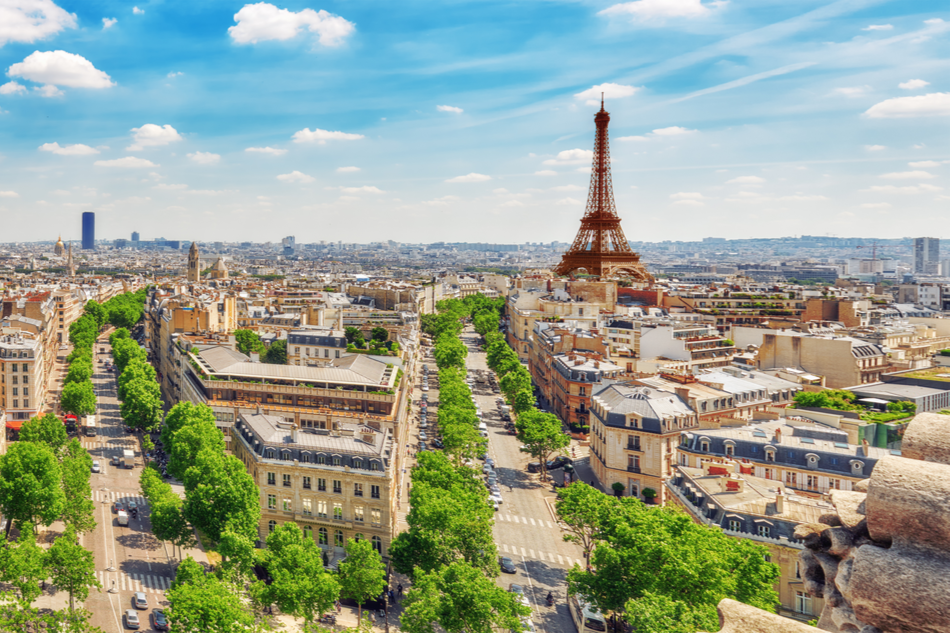
Paris lowers the speed limit on most city streets
Pedestrians and cyclists in Paris are welcoming a new policy that will restrict the speed limit on nearly all streets in the French capital to just 30 kph, down from 50 kph. The law is the latest move by the municipality to advance the city closer to its climate targets and transform people’s Read More...

Basel knows how to increase urban green space: make it mandatory
Research shows that urban greenspace not only enhances air quality but also supports biodiversity and the mental health of residents. The city of Basel, Switzerland has successfully interjected greenery into its concrete jungle by making urban greenery (and all of its benefits) a legal requirement Read More...

This artificial island will protect Copenhagen from sea level rise
Like hundreds of other coastal cities across the world, Copenhagen is vulnerable to climate change-induced sea-level rise that is significantly increasing the city’s risk of flooding during storms. In a bid to protect its capital, the Danish government is now preparing plans for a huge project: Read More...

Mayors from 12 major cities commit to divesting from fossil fuels
Investing in green initiatives could accelerate an economic recovery from the Covid-19 pandemic, but if the federal government isn’t willing to divest from fossil fuels, then it’s up to local governments to do so. Recently, mayors of 12 major cities signed C40’s “Divesting from Fossil Read More...

Tartu transformed its main street into a pedestrian paradise
From Oakland and Seattle to Bogota and York, cities around the world have been showcasing the community-building benefits that come with removing cars from the streets. In another display of car-free living, the Estonian city of Tartu transformed its main street into a pedestrian-friendly paradise Read More...

This is how trees make urban areas cooler
You might consider urban areas to be the epitome of cool, but that couldn’t be further from the truth. In fact, buildings, cars, pollution, and lack of soil, all contribute to an urban heat island effect, making cities considerably warmer than surrounding rural areas. Luckily, there is a Read More...

Urban farming has been flourishing during COVID-19 lockdowns
According to the United Nations, two-thirds of the world’s population will be living in cities by 2050. Feeding that many urban dwellers are no easy task and it can also put a lot of pressure on the environment. This is where urban farming can help. The practice can be crucial to feeding a Read More...

This ingenious farming technique of the Aztecs could feed the world’s metropolises
By 2050, the UN thinks there will be nearly 10 billion people on planet Earth, with 68 percent living in urban areas. Both numbers pose serious questions as to how we'll feed the growing, urbanizing population, which is why there's new research exploring whether traditional farming techniques could Read More...

How cities are finally dealing with the emissions that come with consumption
Climate optimists argue that it is possible to reduce our production emissions without substantially changing our lifestyles. (Electric cars are just as good!) But what if those lifestyles — in which consumption is perpetually rising — are driving increases in production emissions elsewhere? Read More...

This is what the zero-carbon future of cities will look like
In most cities, buildings are responsible for more than half of emissions. Especially considering that more people are living in cities than ever before, the need for more innovative buildings that use resources sparingly is of extreme importance if we want to solve the climate crisis. With this Read More...


